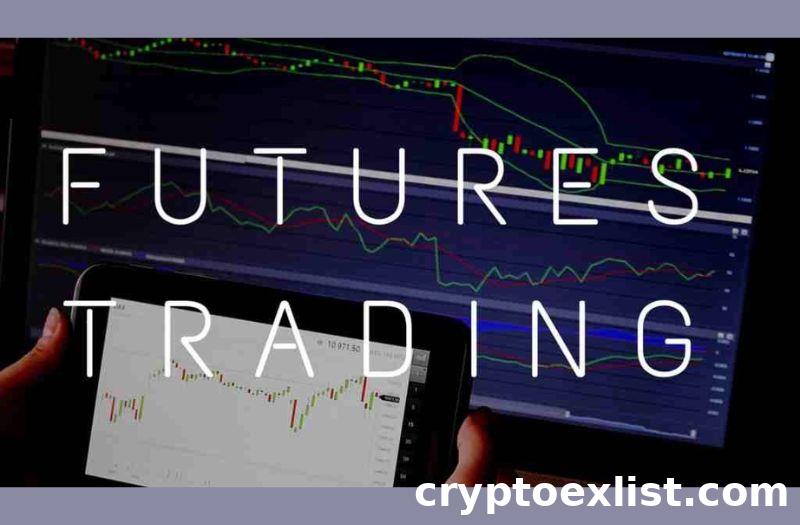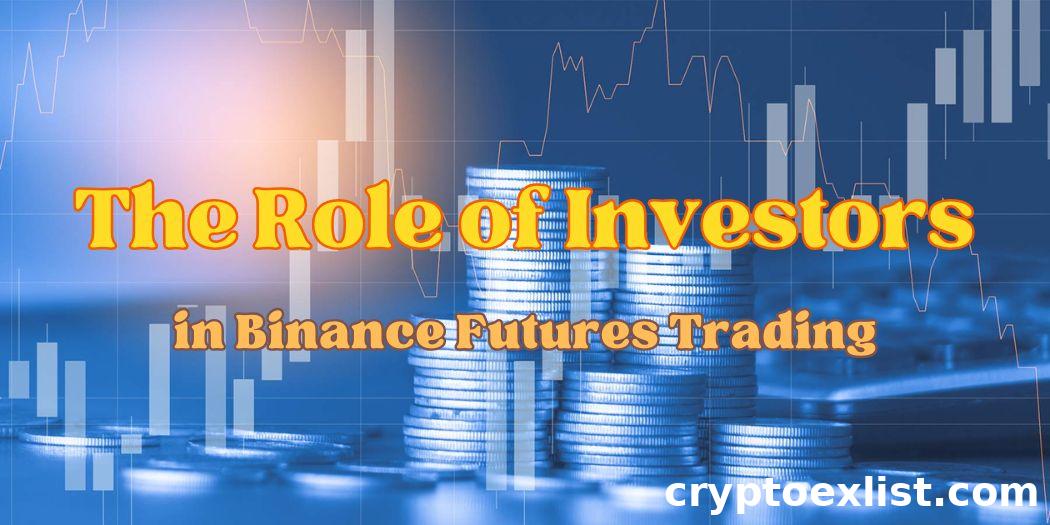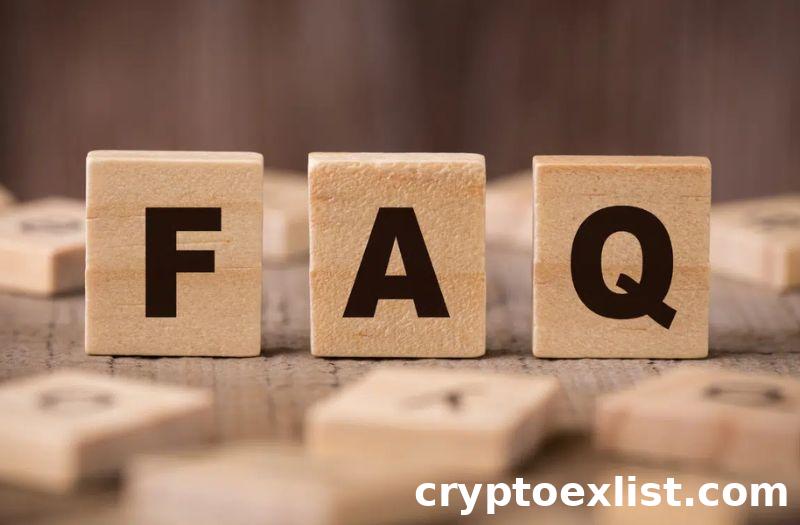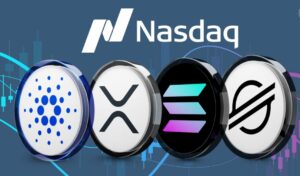
Futures trading plays a significant role in the financial markets, offering investors a range of opportunities to hedge risks, speculate for profit, and diversify their portfolios. Whether you’re a retail investor, institutional player, or professional trader, understanding the dynamics of the futures market is essential. In this guide, we’ll explore the key players, motivations for investing in futures, and the influence of investor behavior. Plus, we’ll dive into the regulatory environment and answer some frequently asked questions to help beginners navigate futures trading on Binance confidently.
Understanding Futures Trading
Definition of Futures Contracts
Futures contracts are standardized agreements between two parties to buy or sell an asset at a predetermined price on a future date. In the context of Binance Futures, traders are able to speculate on the price movements of cryptocurrencies without owning the underlying asset. This allows traders to take either long (buy) or short (sell) positions, depending on whether they expect the price to rise or fall. These contracts offer flexibility and are a key tool for both hedging risks and maximizing potential profits in the highly volatile cryptocurrency market.
Importance of Futures Trading in Financial Markets
Futures trading plays a critical role in financial markets by providing liquidity and enabling price discovery for various assets, including cryptocurrencies, commodities, and indices. On platforms like Binance, futures trading allows investors to hedge against price fluctuations, which is especially valuable in volatile markets like crypto. This not only helps protect investments but also provides opportunities to profit from market movements. As the cryptocurrency market continues to grow, futures trading has become a popular way for traders to manage risk and capitalize on short-term market trends.
Key Players in the Futures Market
The futures market consists of several key players, including hedgers, speculators, and market makers. Hedgers use futures contracts to protect themselves from price volatility in the underlying asset, while speculators aim to profit from price changes by taking on risk. Market makers provide liquidity to the market by consistently buying and selling futures contracts. On Binance Futures, both individual traders and institutional investors participate in the market, contributing to its depth and ensuring that trades can be executed quickly and efficiently. For newcomers, understanding these different roles can provide valuable insight into how the futures market operates and how to navigate it effectively.

Types of Investors in Futures Trading
Retail Investors
Retail investors are individual traders who participate in the futures market with their own capital. These investors typically manage smaller accounts and may use platforms like Binance Futures to trade cryptocurrencies without the need for large upfront capital. For beginners, futures trading offers the ability to leverage positions, which can potentially amplify returns. However, retail investors need to understand the risks associated with futures trading, particularly the use of leverage, as even small market movements can result in significant losses. Binance offers user-friendly tools and educational resources to help retail investors get started and manage their trades effectively.
Institutional Investors
Institutional investors, such as hedge funds, pension funds, and large financial firms, are key players in the futures market. These entities trade large volumes of futures contracts to hedge against risks or diversify their investment portfolios. On Binance, institutional investors benefit from deep liquidity, advanced trading features, and lower fees for large-volume trades. Unlike retail investors, institutional investors typically have access to more sophisticated tools and market insights, allowing them to implement more complex trading strategies. Their participation in the futures market provides significant liquidity and helps stabilize prices, making it easier for all types of traders to execute their trades.
Professional Traders
Professional traders are experienced individuals or firms that trade futures contracts for profit as a full-time occupation. These traders use a variety of advanced strategies, including technical analysis, algorithmic trading, and scalping, to capitalize on short-term price movements. On Binance Futures, professional traders take advantage of features such as high leverage, multiple order types, and advanced charting tools to maximize their potential gains. They also play a vital role in providing liquidity to the market, ensuring smoother price discovery. For newcomers, observing and learning from professional traders’ strategies can provide valuable insights into how to trade futures successfully.
The Impact of Investor Behavior
Market Sentiment and Its Influence
Market sentiment refers to the overall attitude of traders and investors toward a particular asset or the market as a whole, and it plays a significant role in futures trading. On platforms like Binance, market sentiment can drive prices up or down rapidly, especially in the highly volatile cryptocurrency market. When the majority of traders are optimistic (bullish), prices tend to rise, whereas pessimism (bearish sentiment) can lead to price drops. New traders should pay attention to sentiment indicators, such as the Fear and Greed Index or social media trends, to gauge the general mood of the market and make informed trading decisions.
The Role of News and Events
In futures trading, major news and events can cause sudden shifts in the market, influencing investor behavior. Events like regulatory changes, technological advancements in blockchain, or geopolitical developments can significantly impact cryptocurrency prices. On Binance, futures traders often react quickly to news by entering or exiting positions based on how they believe the market will respond. For instance, positive news about Bitcoin adoption can drive prices higher, leading to a buying frenzy, while negative news, such as government crackdowns, may trigger panic selling. Keeping up with news and staying informed about global events is crucial for making timely decisions in futures trading.
Behavioral Finance Principles
Behavioral finance studies how psychological factors influence investor behavior and market outcomes. In futures trading, traders are often affected by emotions like fear, greed, and overconfidence, which can lead to poor decision-making. For example, traders might fall into the trap of herd behavior, where they follow the crowd without doing their own research, or they might hold on to losing positions out of loss aversion, hoping for a market reversal. On Binance, understanding behavioral finance principles can help new traders recognize these biases and avoid common pitfalls, allowing them to approach futures trading with a clearer, more disciplined mindset.

Regulatory Environment
Overview of Regulatory Bodies
The regulatory environment for cryptocurrency and futures trading is evolving rapidly, with various regulatory bodies overseeing trading practices to ensure transparency, security, and fairness. Organizations such as the Securities and Exchange Commission (SEC) in the U.S. and the Financial Conduct Authority (FCA) in the U.K. play significant roles in monitoring and regulating futures markets. While platforms like Binance operate globally, traders need to understand the regulatory framework in their specific region. For beginners, being aware of these regulatory bodies helps ensure compliance and reduces the risk of trading in unregulated or risky environments.
Compliance Requirements for Investors
To trade futures on platforms like Binance, investors must adhere to several compliance requirements designed to protect users and ensure market integrity. Most platforms require Know Your Customer (KYC) verification, which involves submitting identification documents to verify a trader’s identity. Additionally, traders must comply with Anti-Money Laundering (AML) laws to prevent illegal activities. Failure to meet these requirements could result in account restrictions or even the inability to trade in certain regions. It’s important for new traders to understand these regulations and complete the necessary steps to ensure a seamless trading experience.
Impact of Regulation on Trading Strategies
Regulation can significantly impact how traders develop and execute their futures trading strategies. For instance, certain regulatory frameworks may limit the amount of leverage traders can use, which can affect how aggressively they trade. Additionally, regulatory changes, such as stricter controls on cryptocurrency markets, may lead to sudden market volatility, influencing risk management strategies. On Binance, traders need to stay informed about regulatory updates to ensure their strategies remain compliant and effective in the long term. Understanding how regulations affect trading decisions allows investors to adapt and thrive in an ever-changing market landscape.
Frequently Asked Questions
What is the difference between futures and options?
Futures and options are both financial derivatives, but they operate differently. In futures trading, traders are obligated to buy or sell an asset at a predetermined price on a specified future date. This means that once you enter a futures contract, you’re bound to complete the trade when the contract expires. On the other hand, options give traders the right, but not the obligation, to buy or sell an asset at a predetermined price before or on a specific date. The key difference is the obligation — in futures, you’re committed to the trade, while with options, you have the flexibility to decide whether to execute the trade. On Binance, both futures and options are available, allowing traders to choose based on their risk tolerance and market strategy.
How can small investors participate in futures trading?
Small investors can easily participate in futures trading through platforms like Binance, which offer accessible tools and features tailored for beginners. With Binance Futures, small investors can use leverage, allowing them to control larger positions with relatively small capital. For example, using 10x leverage enables you to open a trade worth $1,000 with just $100. However, while leverage amplifies potential gains, it also increases risk, so beginners should start with low leverage and focus on risk management strategies. Binance’s user-friendly interface, educational resources, and demo trading features make it easier for small investors to enter the world of futures trading confidently.
Are futures trading profits taxable?
Yes, profits from futures trading are generally subject to taxation, but the specifics depend on your country’s tax regulations. In many regions, futures trading profits are treated as capital gains and must be reported to the tax authorities. Traders should keep accurate records of all their trades, including profit and loss statements, to ensure proper reporting. On Binance, users can easily track their trading history, making it easier to calculate and report any taxable gains. It’s recommended that traders consult with a tax professional to fully understand their tax obligations based on their local laws and ensure compliance with all reporting requirements.

Conclusion
Futures trading is a versatile tool for investors looking to manage risk or capitalize on market opportunities. By understanding the different types of investors involved, the motivations for futures trading, and the impact of investor behavior, beginners can approach the market with greater confidence. Platforms like Binance provide a robust environment for both small and large investors, offering tools that help navigate the complexities of futures trading. However, it’s crucial to stay informed about regulatory requirements and avoid common pitfalls. With the right knowledge and strategies, futures trading can be a valuable part of any investment portfolio.























